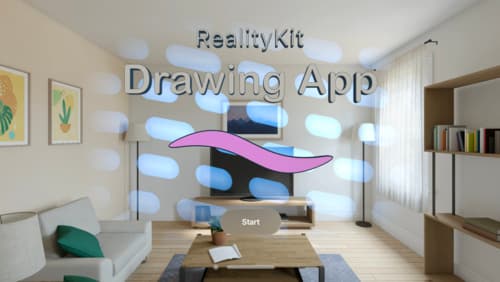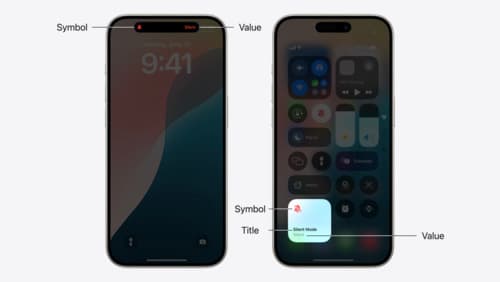how to use bezel?
Asked on 2024-09-25
1 search
The "bezel" or "baseplate" in the context of Apple's WWDC is a feature used in VisionOS to help users understand the boundaries of a volume. It appears automatically when looked at, highlighting the bottom edges of the volume. This is particularly useful for content that sits inside a volume but doesn't fill its bounds, as it gives users a sense of the edges of the volume.
In VisionOS 2, the baseplate is enabled by default and can be controlled using the volume baseplate visibility modifier. The automatic behavior fades in the baseplate when it's looked at, which is equivalent to writing the modifier with visible. However, if your app's content already extends to the bounds of the volume or if you draw your own surface, it's better to disable the baseplate to avoid conflicts and let the content itself guide users to the edges.
For more details, you can refer to the session Dive deep into volumes and immersive spaces (02:20).

Build a spatial drawing app with RealityKit
Harness the power of RealityKit through the process of building a spatial drawing app. As you create an eye-catching spatial experience that integrates RealityKit with ARKit and SwiftUI, you’ll explore how resources work in RealityKit and how to use features like low-level mesh and texture APIs to achieve fast updates of the users’ brush strokes.

Explore object tracking for visionOS
Find out how you can use object tracking to turn real-world objects into virtual anchors in your visionOS app. Learn how you can build spatial experiences with object tracking from start to finish. Find out how to create a reference object using machine learning in Create ML and attach content relative to your target object in Reality Composer Pro, RealityKit or ARKit APIs.

Extend your app’s controls across the system
Bring your app’s controls to Control Center, the Lock Screen, and beyond. Learn how you can use WidgetKit to extend your app’s controls to the system experience. We’ll cover how you can to build a control, tailor its appearance, and make it configurable.
